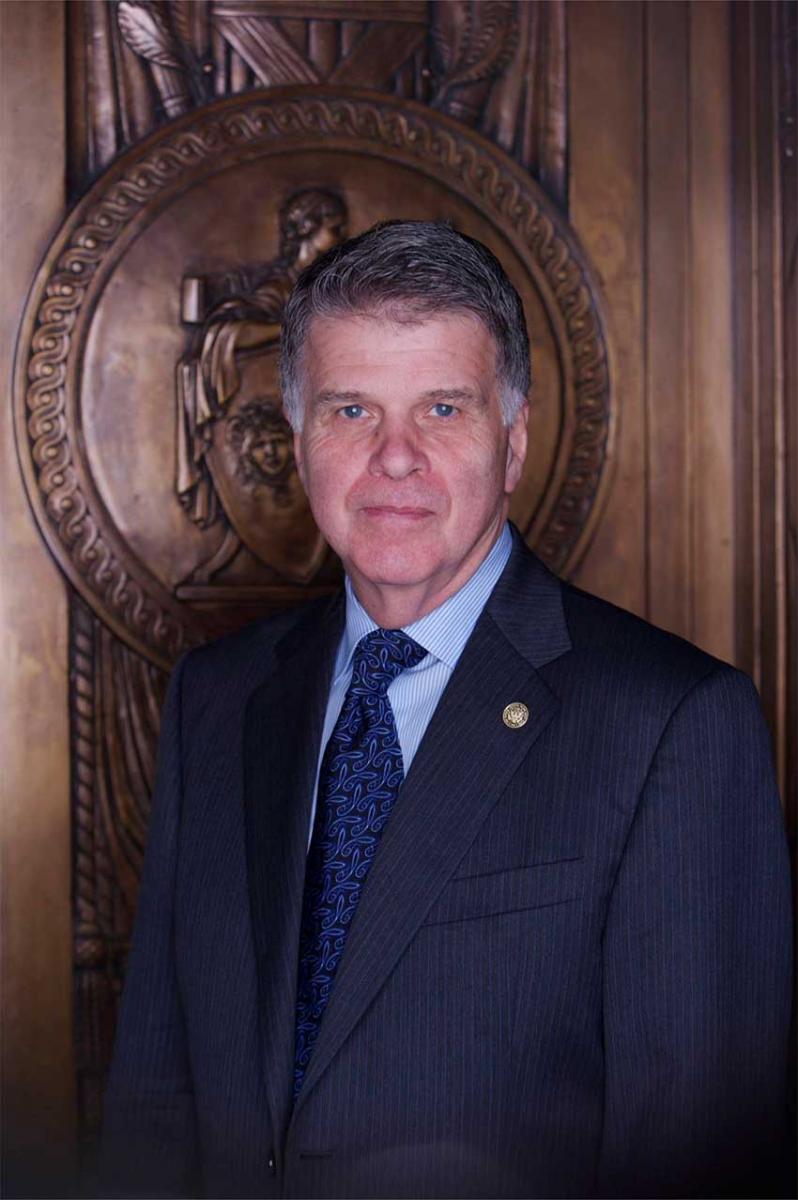
Prepared remarks of Archivist of the United States David S. Ferriero for a panel discussion at the American Enterprise Institute, Washington, DC.
November 10, 2010
The Archivist was introduced by Christopher DeMuth, Senior Fellow and former President of AEI.
Thank you, Chris.
I’m very pleased to be here today to welcome you to our program about Daniel Patrick Moynihan’s tenure in the Nixon White House.
Senator Moynihan and the National Archives had a very special relationship.
At one point, he lived across Pennsylvania Avenue from our main building and was known to call one of my predecessors about cleaning the pigeon poop off the heads of the statues of The Future and The Past in front of our building.
And, for decades, he was a driving force behind the creation of the Pennsylvania Avenue Development Corporation and its work to revitalize the stretch of Pennsylvania Avenue between the Capitol and the White House. The result is what I see out my window every day – a magnificent avenue lined with stately government buildings, museums, restaurants, apartments, embassies, and commercial establishments. There’s nothing else quite like it in the country.
Senator Moynihan was a champion of openness in government and some years ago authored a bill that suggested creation of a National Declassification Center. That center was finally created about a year ago within the National Archives and it is up and running, charged with the task of reviewing more than 400 million pages of classified records with the intent of making more of our nation’s history accessible to the public.
Daniel Patrick Moynihan’s career of public service stretched for nearly half a century and throughout that period, he was a source of provocative and controversial ideas as well as insightful and workable solutions to the nation’s problems.
He served in the administrations of four Presidents. He was an assistant secretary of labor under Presidents Kennedy and Johnson and a Counselor on Urban Affairs and Ambassador to India for President Nixon. President Ford then sent him to the United Nations as our Ambassador.
In 1976, he won the first of four terms as United States Senator from New York. In the Senate, he was chairman of two powerful committees and played a major role in many major pieces of legislation. He retired from the Senate in 2001 and died in 2003.
Pat Moynihan was a prolific writer---speeches, books, articles, and memoranda to Presidents. His papers from the Nixon White House years, including messages to the President, were opened this past July. The complex interplay between these two very different individuals is what today’s panel is all about.
And, today’s panel is exactly the sort of cooperation between the National Archives and the Richard Nixon Foundation that is the essence of what our Presidential Libraries and their Foundations work for. In this case it’s a cooperative effort, designed to facilitate research into the ideas and activities of two prominent Americans, Pat Moynihan and Richard Nixon.
The Richard Nixon Presidential Library and Museum in Yorba Linda, California, became part of the Archives’ presidential library system in 2007 and is one of 13 Presidential libraries maintained by the National Archives. The groundbreaking for the building that will house the 13th Presidential Library, the George W. Bush Library, is in Dallas next week.
This past summer, the National Archives moved some 42 million pages of Nixon Administration documents from storage in the National Archives at College Park to the Nixon Library in Yorba Linda. At the library, our archivists are continuing the process of opening them for review by academics, researchers and the general public.
I know firsthand that the Nixon Library is pleased to assist scholars, the general public and the Nixon Foundation in encouraging discovery and discussion of the policies, events and achievements of the Nixon era.
Now that the Nixon archival collection has been assembled in one place under the auspices of the National Archives, we can look forward to a wave of new work on this important man and his times. I was in Yorba Linda not long ago and had an opportunity to talk with researchers—from around the world--hard at work on dissertations and books.
I want to recognize two people from our Archives staff who are involved with the Nixon records: Timothy Naftali, the first federal Director of the Nixon Library, and Sharon Fawcett, our Assistant Archivist who oversees all 13 Presidential Libraries for the National Archives.
Now, let me introduce Geoff Shepard, who is representing the Nixon Foundation and who will tell you a little more about the other panels that we have sponsored earlier this year.
Geoff came to Washington in 1969 as a White House Fellow and then stayed for more than five years on the White House Domestic Council, where he became an Associate Director.
Geoff has for more than 30 years hosted annual reunions of President Nixon’s Domestic Council and has been the coordinator with Tim Naftali in helping put together all seven of the Nixon Legacy Panels this year.
Geoff. . . .
 The Archivist of the United States is the head of our agency, appointed by the President of the United States.
The Archivist of the United States is the head of our agency, appointed by the President of the United States.